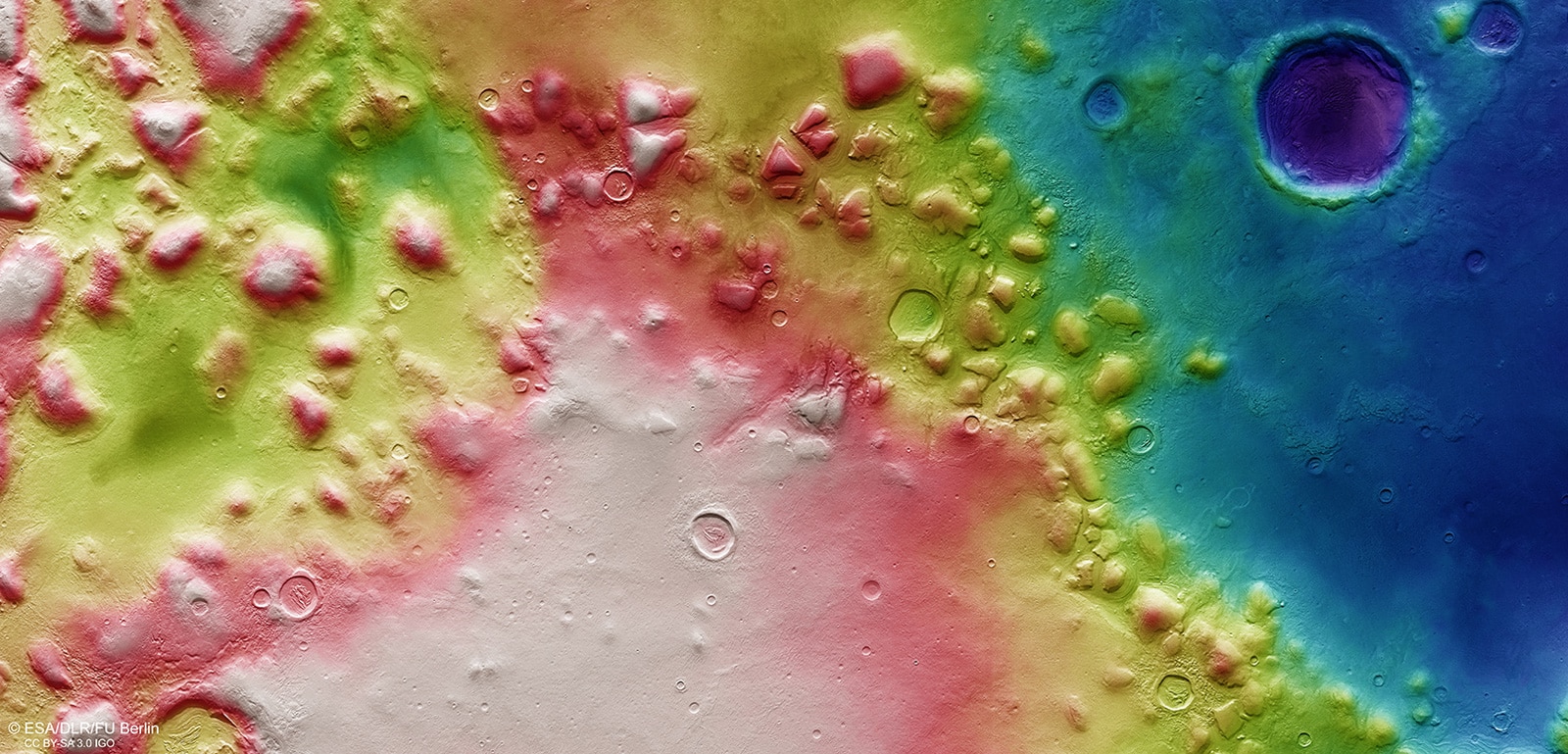Using an ARNES computer cluster, a team of researchers won a competition in data mining organised by the European Space Agency (ESA) to enable its Mars Express probe to continue operating.
Slovenian researchers determine the fate of space probe
The task facing the MMMe8 research group, from the Knowledge Technology Department of the Jožef Stefan Institute (IJS), was to predict the hourly use of electricity by the Mars Express probe for one Martian year, which is 687 days.
The Mars Express probe takes high resolution images of the surface of Mars, and also performs other observations, and owing to the successful prediction of energy consumption the results will contribute to a continuation of what is now its twelfth year of operation.
No fewer than 40 European groups competing had access to data from three Martian years. To predict energy consumption at 33 places in the probe the IJS Knowledge Technology team used the CLUS software tool, which they are developing in collaboration with KU Leuven in Belgium.
The data were prepared by dividing the measurements used to study the model into minute intervals. In this way the quantity of data was significantly increased, so they had to use computer clusters.
Data crunched by thousands of computer kernels
They used the computer cluster known as SLING, the Slovenian Initiative for a National Grid, which is managed by ARNES and together comprises almost 20,000 kernels. The researchers also used the ARNES test cluster with as many as 4,460 kernels.
The research group, composed of Martin Breskvar, Dragi Kocev, Jurica Levatić, Aljaž Osojnik, Matej Petković, Nikola Simidjievski and Bernard Ženko, operates under the leadership of Academician Prof. Sašo Džeroski, and is involved in developing methods to analyse large and complex data sets used in various fields, in medicine, biology, environmental science and in analysing multimedia content.
What is the connection between fungi and a space probe?
As part of the FET MAESTRA project, which they are coordinating, they developed methods for studying decision trees and ensembles for predicting structured values, and used them to find and identify images and to resolve various problems in the fields of environmental and life sciences.
They used methods of predictive classification, for example, to analyse various aspects of the biology of extremophilic fungi, which can act as pathogens that are harmful to humans. They also used the same methods in their winning solution for the Mars Express Challenge competition.
The group is also involved in the Human Brain project, which is one of the two biggest projects in the European Commission’s FET Flagship, and deals with various aspects of researching the human brain, with the aim of having a better understanding of the brain, treatment of various neurological diseases and the development of new IT such as neuromorphic computers.
The grid is available to all researchers
In Slovenia, grid technology can be used by all researchers, since the ARNES test cluster is available to them. A digital certificate is all that is required to use it.
Grid users can quickly and easily perform very complex calculations, since they can access computers throughout the world, while use of the certificate ensures a certain level of security.
Research that would otherwise take several decades on a single computer, can be completed in a matter of days using the grid technology.







